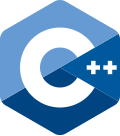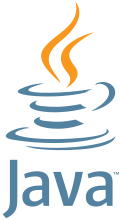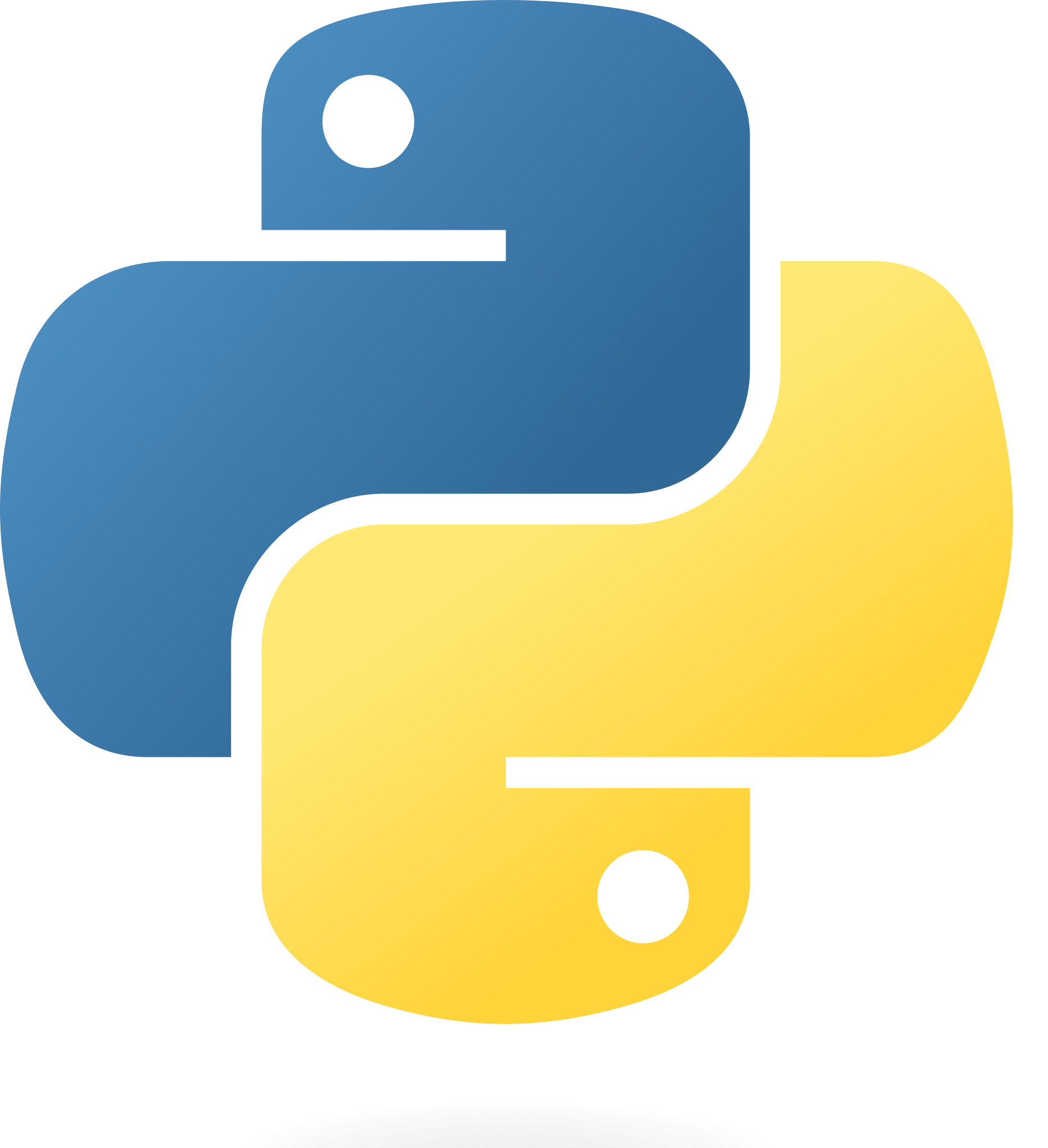Machine learning is transforming numerous industries by enabling computers to learn from data. As a subfield of artificial intelligence, machine learning is growing exponentially thanks to new algorithms and vast datasets now available.
This article explores the top 7 programming languages data scientists and machine learning engineers use to build models. We‘ll compare the strengths and weaknesses of each language and reveal why Python leads the pack.
Overview of the 7 Best Languages
Here‘s a quick overview of the languages we‘ll cover:
- Low-level languages: C++, Java, R
- Middle-level languages: Julia, Lisp
- High-level languages: Python, JavaScript
Low-level languages offer the best performance but can be more complex. High-level languages simplify coding tasks but may run slower. We‘ll explore this tradeoff for each language below.
A Brief History of Machine Learning
Before diving into programming languages, let‘s briefly recap the history of machine learning to understand how we arrived where we are today.
Machine learning research began in the 1950s when AI pioneers developed the first algorithms that enabled computers to learn from data. In 1959, Arthur Samuel coined the term "machine learning" to describe programming computers to learn without explicit instructions.
In 1997, IBM‘s Deep Blue defeated world chess champion Garry Kasparov using machine learning combined with brute force computing power. This achievement caught widespread attention and kicked off the era of deep learning.
Advances in deep learning and neural networks recently catapulted machine learning into the mainstream. IDC predicts worldwide spending on machine learning will accelerate from $12 billion in 2017 to over $57 billion by 2021 as more industries adopt smart technologies.
Why Programming Languages Matter in ML
Machine learning models require writing computer programs that iteratively analyze data to uncover patterns. The languages data scientists use influence factors like:
- Productivity – Express ideas more concisely.
- Performance – Execute models faster.
- Accessibility – Simpler to code for beginners.
- Libraries – Leverage optimized math/ML functions.
In applied settings, striking the right balance between productivity, performance and ease of use is essential. Lower-level languages like C++ run blazingly fast but require more complex code than popular high-level languages like Python.
Now let‘s explore the standout machine learning languages developers should know.
Low-Level Languages
C++
As one of the fastest languages globally, C++ empowers performance-critical machine learning applications. The majority of popular Python data science libraries rely on C++ under the hood for speed.
Background: C++ was created in 1979 by Bjarne Stroustrup at Bell Labs to add object-oriented programming (OOP) concepts to the C language. It remains very popular today across operating systems, game engines, databases and performance-critical applications.
Pros for machine learning
- Blazing fast speed for math computations
- Fine-tuned memory management
- Ability to directly enhance Python libraries
Cons
- More complex programming compared to Python
- Less big data tooling than Java/Scala
Example ML frameworks – TensorFlow, Caffe2, MLPack
Across the industry, C++ remains the undisputed performance king. It serves as the foundation empowering everything from gaming engines to quantitative hedge funds. Mastering C++ unlocks capabilities to optimize machine learning pipelines.
Java
Java achieves perhaps the best balance between speed and productivity thanks to its slick compiling and mature big data ecosystems. Leading frameworks rely on Java for scalable machine learning infrastructure.
Background: Originally created by James Gosling at Sun Microsystems in 1995, Java is now an open source language managed by Oracle. It powers over 3 billion mobile phones and is among the most popular languages globally.
ML pros
- Faster runtime than Python
- Integrates with Spark, Hadoop for big data
- Wealth of machine learning libraries
Cons
- Not as simple as Python
- Requires strong object-oriented skills
Libraries – DeepLearning4J, H2O, Weka
With renowned scalability and speed, Java is relied upon by tech giants like Netflix, Uber and eBay to drive analytics and machine learning on billions of data points.
R
R dominates statistical computing and visualizations, which fuels cutting-edge analysis and modeling techniques. Data manipulation tasks requiring tens of Python lines can frequently be done in one R command.
Background: R originated as an open source implementation of the S language for statistical computing. First released in 1995, it has become ubiquitous in data science across academia and industry.
ML strengths
- Custom built for statistical analysis
- Extremely powerful data visualization capabilities
- Myriad specialized machine learning packages
Shortcomings
- Can be slow for intensive computations
- Not as general purpose as Python
Packages – keras, randomForest, caret
With unrivaled stats functionality, R helps data scientists swiftly uncover key insights. It remains an essential tool despite Python‘s rising dominance.
Middle-Level Languages
Middle-level languages aim to deliver both human-friendly coding experiences combined with high performance. This makes them well-suited for many machine learning tasks.
Julia
Julia fulfills the long-sought vision of an easy yet efficient language for technical computing. With intuitive syntax and just-in-time compiling, Julia was built from scratch specifically for science and numerical applications.
Origins: Created in 2012 by a group of computer scientists from MIT, Julia entered its 1.0 production release in 2018. Backed by over $32 million in funding, it represents an ambitious new standard for scientific programming.
ML strengths
- Designed explicitly for math, stats, machine learning
- Higher performance than Python
- Easy to use, integrates well with notebooks
Limitations
- Less mature ecosystems than older rivals
- Limited tools for distributed computing
Libraries – DifferentialEquations.jl, Flux.jl
With its youth and strong foundations, Julia seems poised to become a leading choice for next-generation machine learning infrastructure in coming years.
Lisp
Lisp provides exceptional flexibility thanks to its code-generating macros and symbolic expressions. Originally invented in 1958, Lisp pioneered nearly all artificial intelligence breakthroughs in the 1960s and 70s.
Background: Lisp grew out of MIT‘s AI labs and served as the foundation for Wiley‘s symbolic algebra system, one of the first AI applications. Over 200 dialects of Lisp have since emerged across various specialties.
ML advantages
- Symbolic expressions to manipulate code
- Highly dynamic and flexible
- Strong performance via compiling
Downsides
- Steep learning curve
- Limited packages compared to Python
Libraries – SymbolicC++, Common Lisp Machine Learning
While unlikely to displace dominant alternatives, Lisp provides uniquely powerful capabilities for those needing extreme customization. Mastering this veteran language illuminates both the history and future potential of AI programming.
High-Level Languages
Python
Python leads machine learning popularity thanks to its renowned simplicity and vast data science ecosystem. Python accelerates nearly every stage of applied ML from data cleaning to model deployment.
Origins: First released in 1991 by developer Guido Van Rossum, Python has surged in usage across scientific and web programming. Its expressive syntax cuts development time versus rivals.
ML strengths
- Easy to learn, great for beginners
- Highly expressive dynamic language
- Abundant data science and ML packages
Limitations
- Execution speed lags behind compiled languages
- Scaling complex systems can prove challenging
Packages: NumPy, SciPy, Pandas, TensorFlow, PyTorch
With unparalleled accessibility and near limitless ML libraries, Python generates intense loyalty among its millions of data scientist adherents.
JavaScript
Already ubiquitous across web development, JavaScript is gaining momentum for in-browser machine learning. Enabling models to run fully in the browser reduces lag and increases privacy.
Background: Created by Brendan Eich in 1995 for adding dynamic effects in early web browsers, JavaScript now powers over 97% of websites online. It possesses one of computing‘s largest and most active open source ecosystems on GitHub.
ML advantages
- Enables in-browser smart UIs without servers
- Lightweight for mobile/IoT applications
- Growing support for TensorFlow/ML algorithms
Downsides
- Slower performance than compiled languages
- Weaker math/statistics support
Libraries – TensorFlow.js, Synaptic.js, ml5.js
JavaScript brings customization and interactivity to machine learning, unlocking the capability to inject intelligence into nearly any webpage or application.
Python Stands Above the Rest
So with so many viable options, which languages should programmers focus on for machine learning?
Python retains the crown for several key reasons:
- Beginner friendly syntax lowers barrier to entry
- Mature data science tools like NumPy, SciPy, Pandas
- State-of-the-art libraries like TensorFlow, PyTorch
- Scales reasonably well into production
- Universally supported across notebooks, clouds, OSes
For both aspirational ML engineers and seasoned professionals, Python delivers the ideal starting point. As models grow in complexity, C++ and Java integration helps overcome potential performance bottlenecks.
R provides unparalleled statistics functionality while Lisp and Julia offer vehicles for customization. JavaScript grants the ability to inject ML directly into web apps.
Each language solves a unique need. But Python delivers the best all-around foundation upon which to build new machine learning systems.
The Future of Machine Learning Programming
As algorithms and data grow more sophisticated, we will continue seeing advances across the programming language landscape. Several promising directions include:
- Simplifying parallel computing frameworks like TensorFlow to improve ease of use for newcomers
- Strong typing systems to catch bugs early while retaining high productivity
- Abstracting away low-level mathematical details to let practitioners focus on business goals
- Tighter hardware integration and compilation for edge computing devices
- Symbolic approaches that enable programs to rewrite their own code to achieve goals
We may one day discover the perfect language providing both human accessibility and computer performance sans tradeoffs. But for now, Python appears best positioned to fuel modern innovations in machine learning while welcoming new generations of developers to participate in shaping the future of AI.







